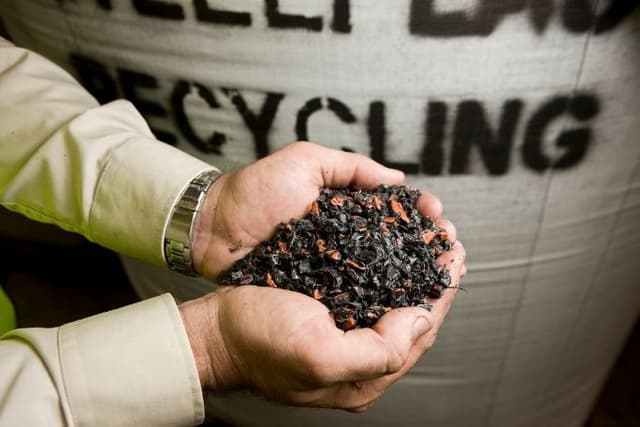
The Impacts of Materials Extraction
Lesson7 of 10 in this unit
PrimaryYear 5 - 6TechnologyDesign and TechnologiesEconomicDesign ThinkingIndustry, Innovation and InfrastructureTechnology
Summary
Lesson guides and printables
Lesson Plan

Student Worksheet

Teacher Content Info
